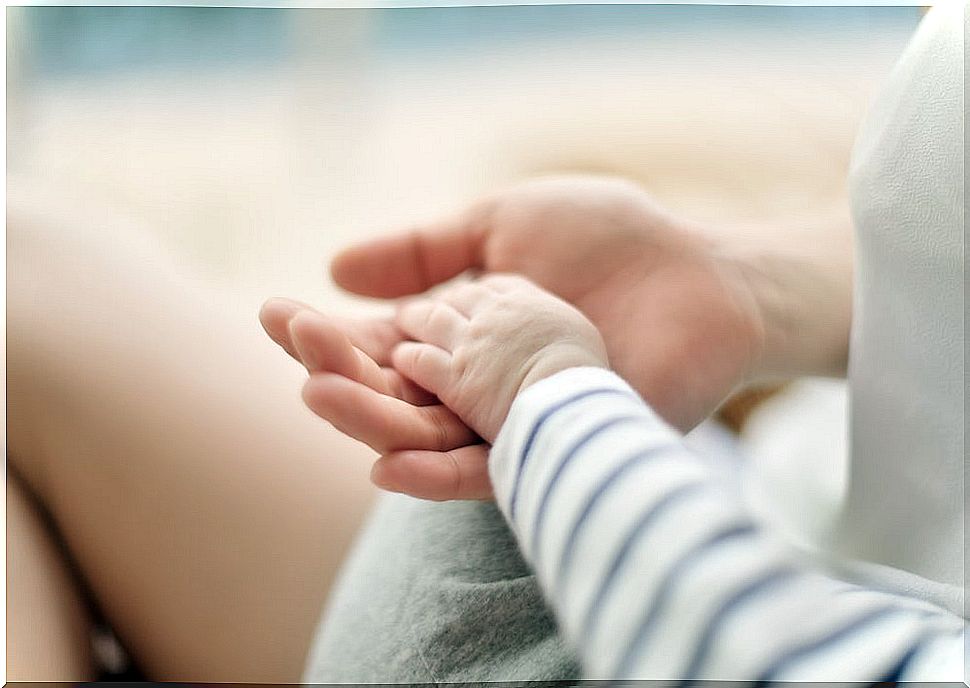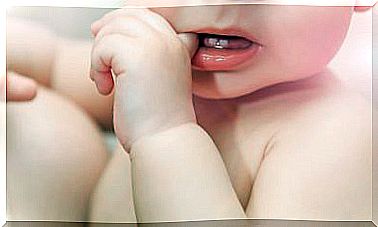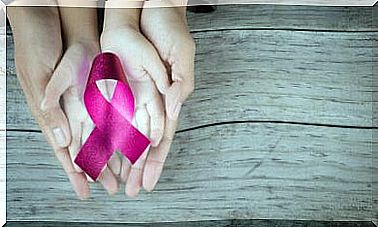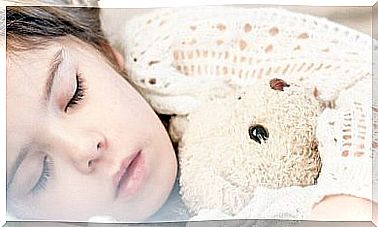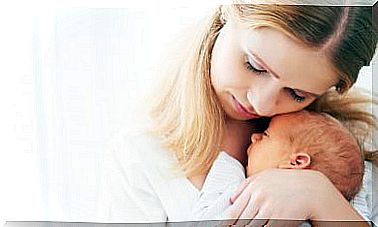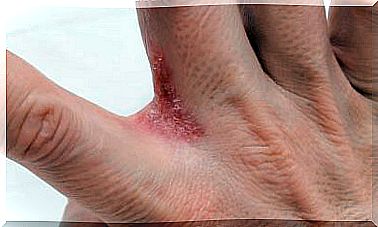Disinhibited Attachment Disorder
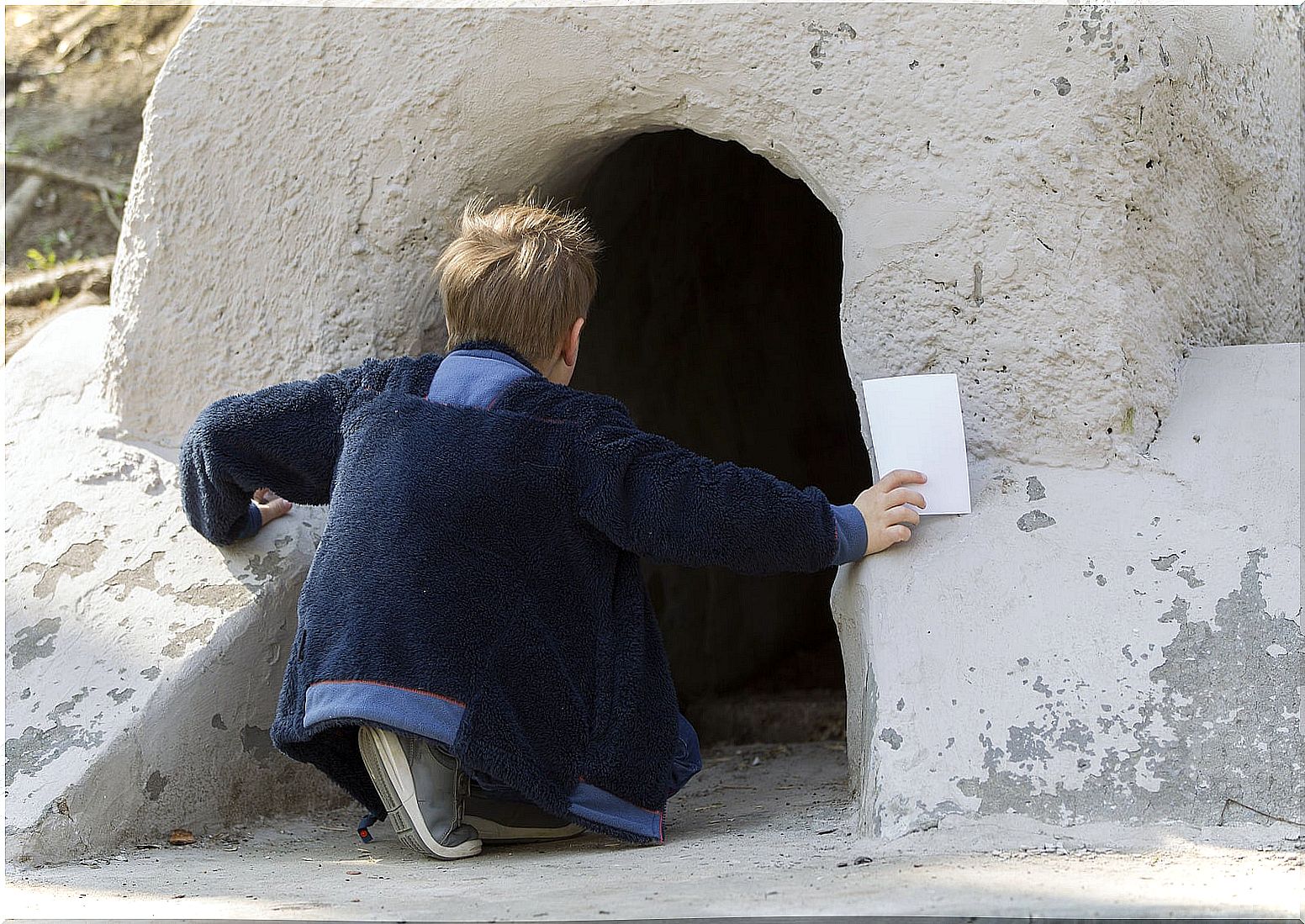
Parents we like our children to have a good socialization, to be able to relate to others in an appropriate way. But, sometimes, uninhibited behaviors of the child may be indicating that he suffers from an uninhibited attachment disorder.
This disorder is common to appear between 9 months and 5 years, during childhood, although it can persist over time. It is characterized because the little one has no fear and no hit to initiate an interaction with strangers, and presents an uninhibited social behavior. Do you want to know more about disinhibited attachment disorder? Continue reading.
Characteristics of Disinhibited Attachment Disorder
- Children with this disorder have uninhibited social behaviors, that is, they do not feel surprised in the presence of other people they do not know and immediately establish an interaction as if they knew them.
- These behaviors complicate your relationship with other children or adults.
- It arises in childhood, between 9 months and 5 years, although later the disorder may continue to be present after these ages.
- They initiate contact with any stranger and can endanger their life by not seeing the risks of striking up a conversation or leaving with a stranger.
- They seek attachment, even if it is with strangers.
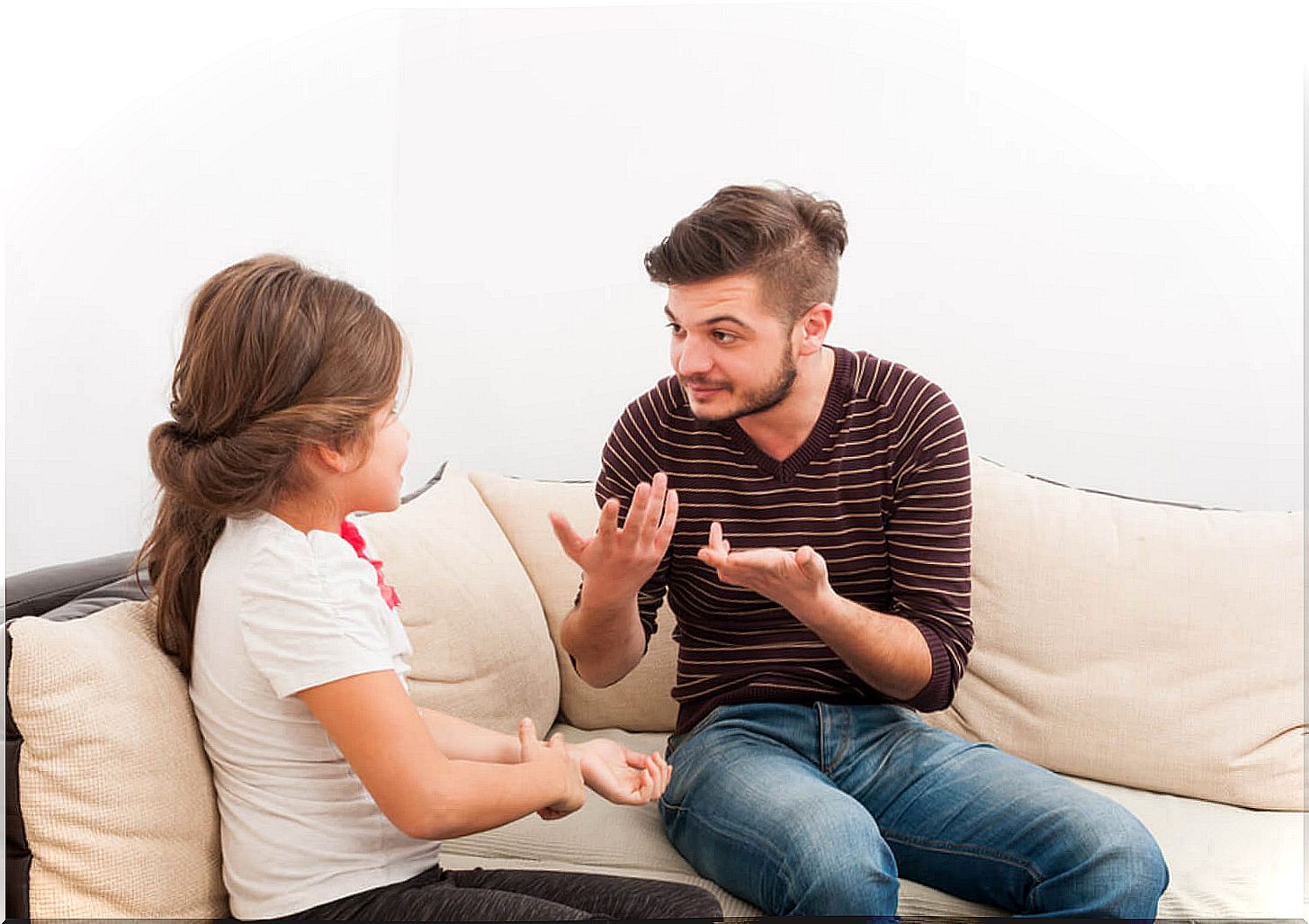
Diagnostic criteria
These criteria are those included in the DSM-V manual:
- Approach behaviors with strangers with the absence of mistrust.
- The child has gone through situations in which he has had a lack of care or attachment from his main caregiver.
- The age would be between 9 months and 5 years.
- These behaviors must be present for at least 12 months. Above 4 years, the symptoms would be directed by constant calls for attention and with the expression of affection in a disproportionate way.
Symptoms associated with disinhibited attachment disorder
Most of the symptoms have to do with the behavior of the minor, specifically, with the way of interacting socially with others, mostly with adults.
- Lack of feelings of fear towards strangers.
- Interacts in an uninhibited way with unfamiliar or strange adults.
- They do not usually turn to or need their parents or caregivers after being in a strange environment.
- Tendency to hang out with strange adults.
- Verbal and physical affectionate behavior that is excessive for age and social norms.
Causes of Disinhibited Attachment Disorder
- It can be caused by an attachment disorder in childhood, if you did not receive the necessary care and affection as a baby.
- In addition, there are some theories that indicate that there may be some biological circumstances that are associated with the character of the child and its regulation of affect. These indicate that there may be certain alterations in some areas of the brain, such as the hippocampus, the amygdala or the prefrontal cortex, which give rise to these behavioral problems, although they have not been confirmed.
- What has been seen as a key cause in this disorder is the lack of care, family violence, education in an orphanage in which there is a lack of affection or frequent changes in the main educator. In this way, the child has not been able to establish a healthy attachment bond with anyone and has led to the development of this disorder.

Treatment
In these cases, it is advisable to provide the child with a stable attachment figure ; children with this disorder have totally distorted relationship patterns. Here you should work, both with the child and with the parents, to establish a positive interaction between the two.
In this case, the goal is to change both the parent’s and child’s behavior.
- With parents, work would be done on how they should transmit security, be emotionally available and remain as attachment figures.
- With the child, work would be done to rebuild their feeling of security in order to rebuild the attachment bond in a positive and healthy way.
Help for Disinhibited Attachment Disorder
If you suspect or have doubts that your child may have uninhibited attachment disorder, it is important that you seek professional help to make a more thorough evaluation and find a solution as soon as possible.
